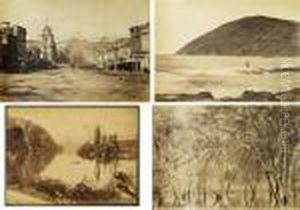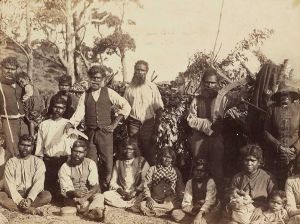Nicholas John Caire Paintings
Nicholas John Caire, also known as N.J. Caire, was an Australian photographer known for his extensive work capturing the natural landscapes of Australia during the 19th and early 20th centuries. Born on January 28, 1837, in Guernsey, Channel Islands, he immigrated to Australia with his family in the 1850s, during the Victorian gold rush era.
Caire developed a passion for photography early on and established himself as a professional photographer by the 1860s. He was particularly drawn to the remote and rugged environments of places like Gippsland and the Victorian Alps. His works are characterized by their meticulous composition and the clear influence of the picturesque aesthetic, which sought to frame nature as an embodiment of beauty, harmony, and moral goodness.
Throughout his career, Caire maintained a studio in various locations, including Melbourne, and often ventured into the wilderness to capture its untouched beauty. His photographs played a significant role in promoting the Australian landscape to both national and international audiences, contributing to the early tourism industry in the region. He also provided a valuable historical record of the environment and the impact of European settlement in Australia.
Caire's work was widely exhibited during his lifetime, including at international exhibitions such as the 1876 Philadelphia Centennial Exhibition, where he gained further recognition. Despite his success, he faced financial difficulties, which led him to sell his negatives to the Victorian government.
Nicholas John Caire passed away on August 27, 1918, leaving behind a legacy as one of Australia's pioneering landscape photographers. His photographs continue to be celebrated for their artistic and documentary value, providing insight into the Australian landscape and society of his time. Today, his works are held in the collections of major institutions such as the State Library of Victoria and the National Gallery of Victoria, serving as an important part of Australia's cultural heritage.

